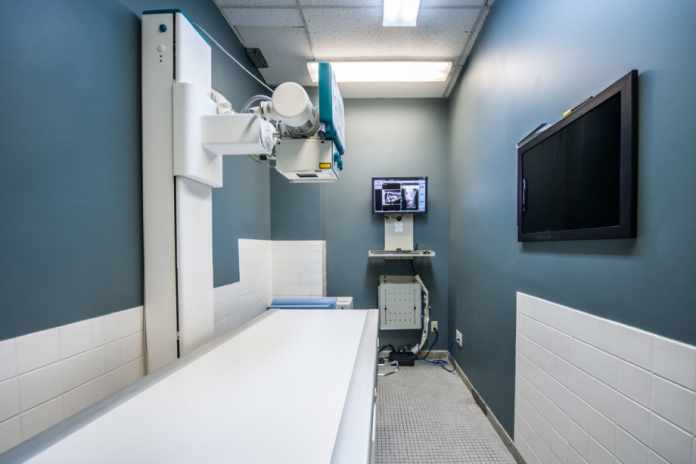Clinical radiology tests and medical imaging have come a long way in recent times. They have now become a contributing factor to various improvements in the treatment and diagnosis of different medical conditions in adults and children.
However, do the improvements stay in the line of quality healthcare? As medical decisions to take x-rays and other clinical radiology tests come with a potential risk, the centre must follow all the safety requirements and precautions.
With sites like https://www.insideradiology.com.au/ offering heaps of resources on the topic of radiology and clinical tests, it is now easy to identify and learn the safety requirements and responsibilities that should be followed while working with clinical radiology tests.
Check On Radiation
The X-Ray technologists and radiologists who conduct the clinical radiology tests must use a minimal amount of radiation during the X-Ray process. These images are then taken over to the doctors, who will use them to diagnose and treat your condition.
Radiology tests are usually prescribed only when the doctor feels it is necessary. Most of the general and routine radiology tests and imaging exams utilise only low radiation dose or a low amount of exposure.
Ensure Patient Safety
The centre that conducts the clinical radiology tests should ensure the utmost safety of the patients. The program should be well-developed and adhere to the quality and standards prescribed by The Royal Australian and New Zealand College of Radiologists (RANZCR). Some ways to ensure imaging safety are:
- Use latest Computed Tomography Scans
- Choose the appropriate imaging study
- Maintain quality control
- Give special attention to paediatric patients
By following these safety standards, you can continually ensure patient safety at the premises.
Services Must Comply To Regulatory Requirements
The equipment used to conduct the radiology tests should comply with the regulatory requirements and performance criteria.
Before conducting the tests, make sure that the equipment is stored appropriately in the designated areas. As some supplies can get damaged or even deteriorate if not stored correctly, you should ensure that the storage areas are adequately maintained and controlled.
Also, if any unfortunate incidents occur during the tests, you must have a clear idea about how you will handle the situation without leaving the patients at risk.
The Staff Should Be Mindful
Though errors are inevitable in the radiology department, the doctors in the clinic must know what is going wrong. The clinic staff is responsible for various mishaps, from treating wrong patients to incorrect procedures and failing to recognise the wrong events.
So, they must be knowledgeable and aware of the happenings on the premises. Some of the significant errors that can occur during clinical radiology tests are:
- Wrongfully conducting the tests for pregnant patients
- Carrying out a wrong protocol
- Working with a wrong patient
- Conducting a wrong examination and treatment
These errors can even be life-threatening in some situations. The employees should be trained well before they are allowed to oversee the clinical radiology tests.
From MRIs to CT scans and X-Rays, each of the clinical radiology tests has its risks. However, you must remember that the benefits always outweigh the risks. With proper safety measures and precautions, the tests can run smoothly and help assess your health in a better way.















